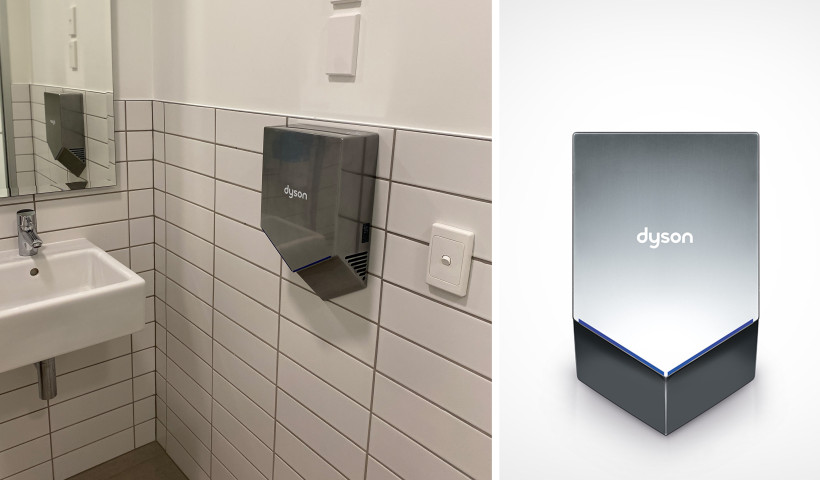
Dyson hand dryers are often considered acoustically preferable in commercial and public spaces, for several reasons:
Advanced acoustic engineering
Dyson has invested significant resources in designing its hand dryers to manage noise levels effectively. For example, Dyson Airblade hand dryers incorporate sound-dampening technology, such as acoustic silencers and optimised airflow paths, to reduce noise. By controlling and minimising the intensity and frequency of the sound generated during operation, these hand dryers are less disruptive compared to older or cheaper models.
Lower noise frequency
Dyson hand dryers emit sound at a lower frequency range than traditional hand dryers, which tend to produce high-pitched noises. High-pitched sounds are often perceived as more irritating and harder to ignore, while lower-frequency sounds are generally less difficult for the human ear to tolerate. This makes Dyson hand dryers more acoustically acceptable in environments like offices, restaurants, schools, or hospitals, where noise disruption must be minimised.
Quieter motors
Dyson uses modern, high-efficiency brushless DC motors in its hand dryers. These motors are designed to be quieter than traditional brushed motors and produce less operational noise while maintaining high air speeds. The combination of quieter motors and streamlined airflow reduces overall sound output.
Fast drying time
Dyson hand dryers are designed to dry hands quickly — typically in about 10-14 seconds. Since the dryers are only running for a brief period, the amount of time they contribute to the overall noise in a restroom is minimised. This faster drying time reduces prolonged exposure to noise.
Certified noise levels
Certain Dyson hand dryers, such as the Airblade models, have been certified by institutions like Quiet Mark, which recognise products that excel in achieving lower noise levels without compromising performance. This certification ensures they meet high standards for acoustic comfort.
Directional airflow design
Dyson hand dryers focus airflow into concentrated areas for efficient drying, which not only improves performance but also prevents unnecessary noise caused by turbulence or air escaping in multiple directions. The streamlined airflow design ensures that energy is used efficiently, producing less "whooshing" sound than traditional hand dryers.
Selecting the right Dyson model for your project
Airblade V
Designed to operate quietly at 79 decibels (dB) , thanks to advanced acoustic engineering and airflow optimisation.
Key benefits include:
- Compact design: Slim 10cm depth, ideal for small spaces
- Fast drying: Energy-efficient with a 12-second drying time
- HEPA filtration: Removes 99.95% of particles for hygienic hand drying
- Sustainability: Durable and eliminates paper towel waste, reducing costs and environmental impact
Dyson Airblade 9kJ
At 77 decibels (dB), it is Dyson’s quietest Airblade model. Rubber mounts reduce vibrations, and motor pitch is optimised for minimal noise.
Key benefits include:
- Ultra-fast drying: Hands dry in just 10 seconds
- Energy efficiency: Uses 87% less energy than traditional hand dryers
- HEPA filtration: Provides clean, hygienic air for drying
- HACCP-certified: Safe for use in food prep and healthcare
- Sustainability: Low carbon footprint and running costs (as low as $19/year)
- Durability: Built to withstand heavy use.
Noise comparison: Airblade V vs. Airblade 9kJ
- Airblade V: 79 dB
- Airblade 9kJ: 77 dB
The Airblade 9kJ is quieter by 2 dB, making it ideal for noise-sensitive environments such as offices or schools.
Choosing the right model:
- Airblade V: Best for tight spaces.
- Airblade 9kJ: Best for noise-sensitive or energy-conscious settings.
In summary, Dyson hand dryers are acoustically preferable because of their advanced engineering to reduce noise levels, quieter motors, optimised airflow designs, and fast drying times. These factors make them a more pleasant choice in environments where controlling noise levels is important.






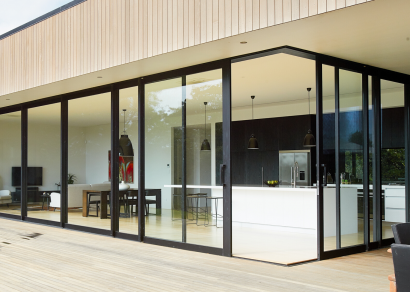
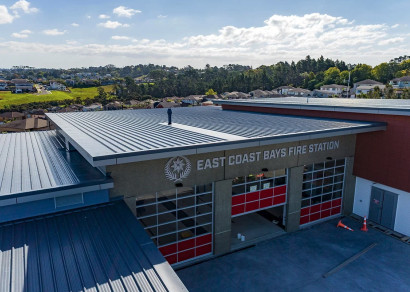
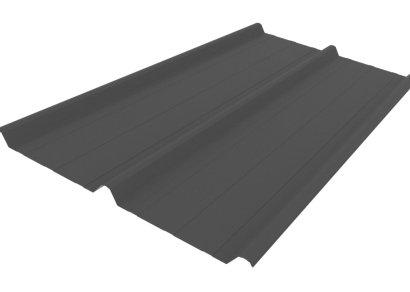
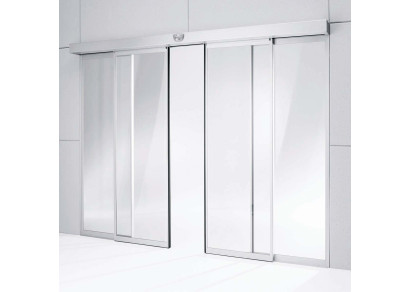
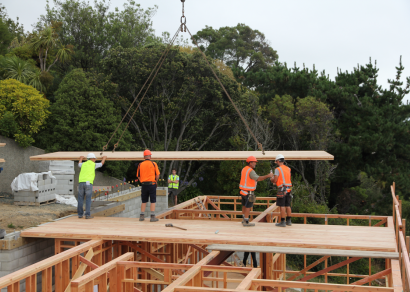
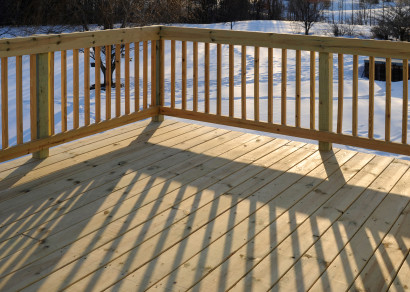
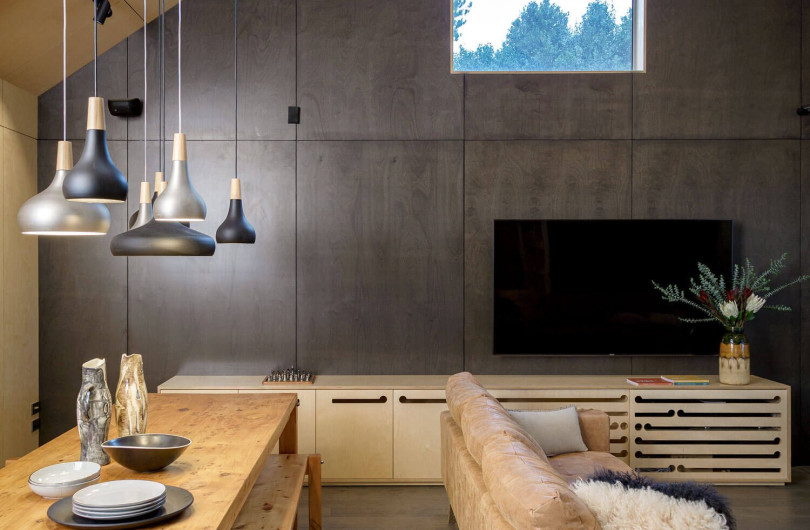
 Case Studies
Case Studies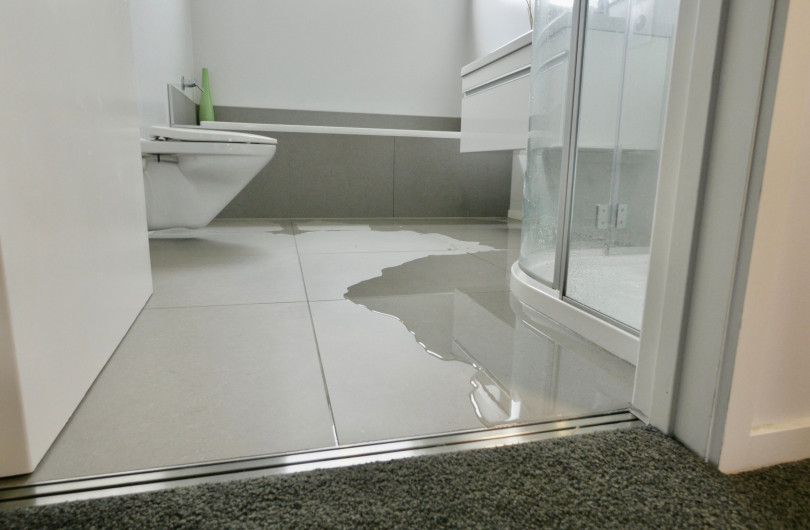



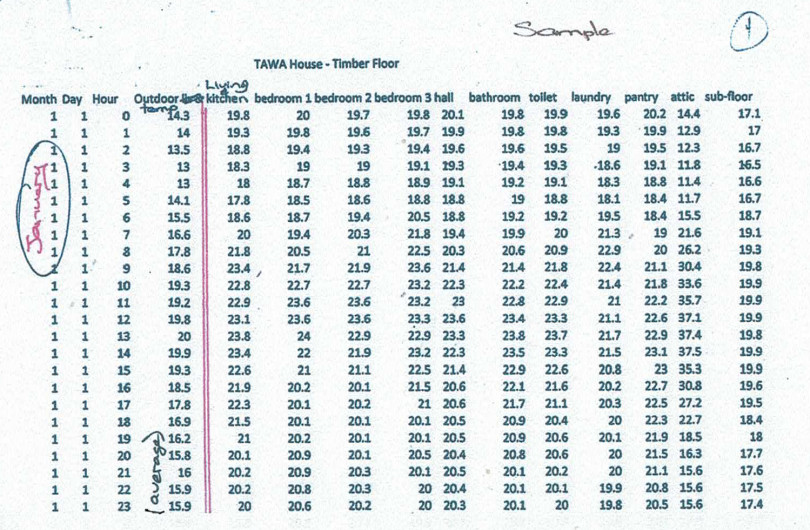




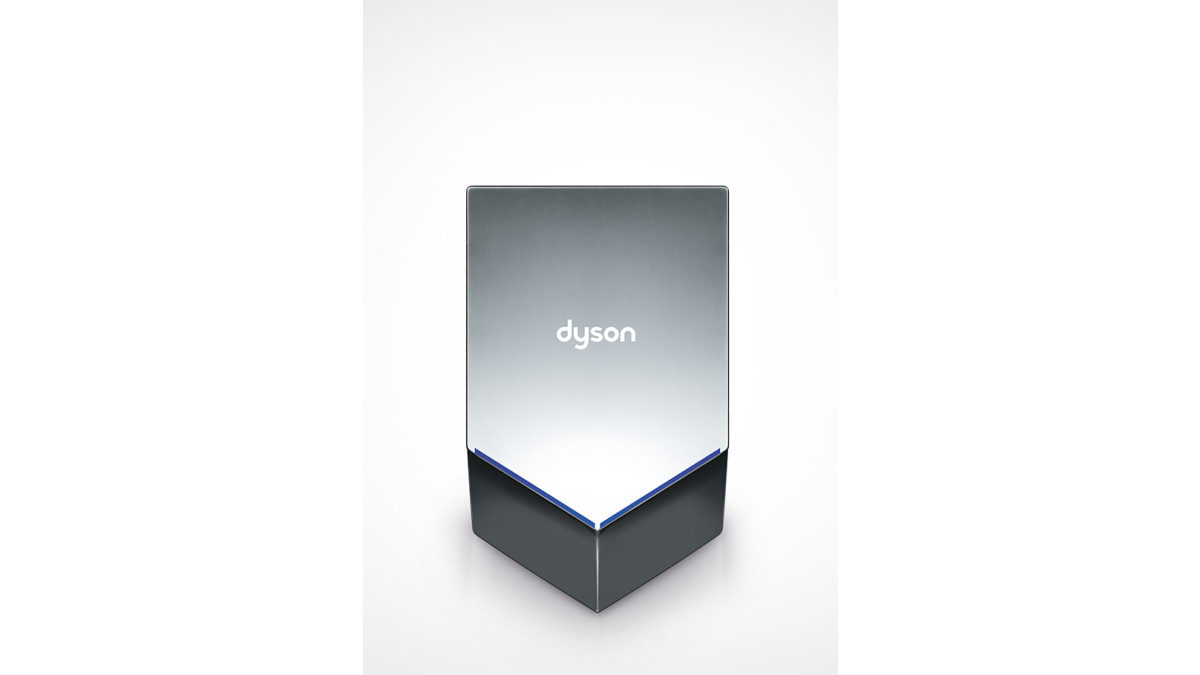
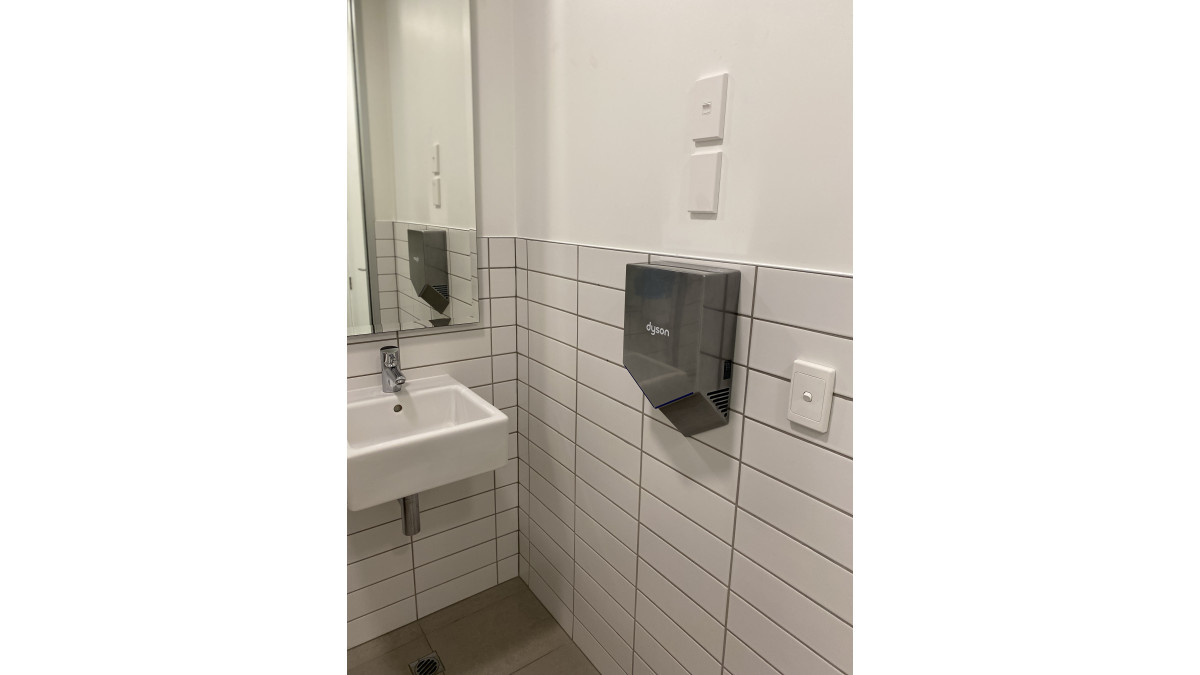
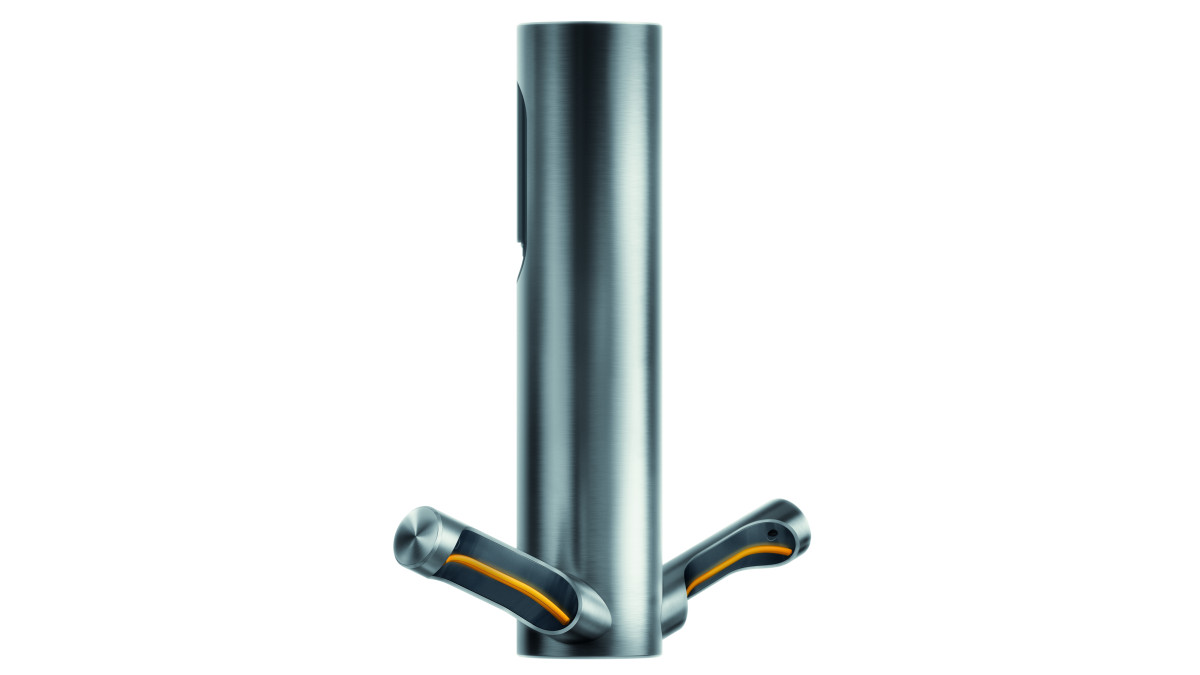
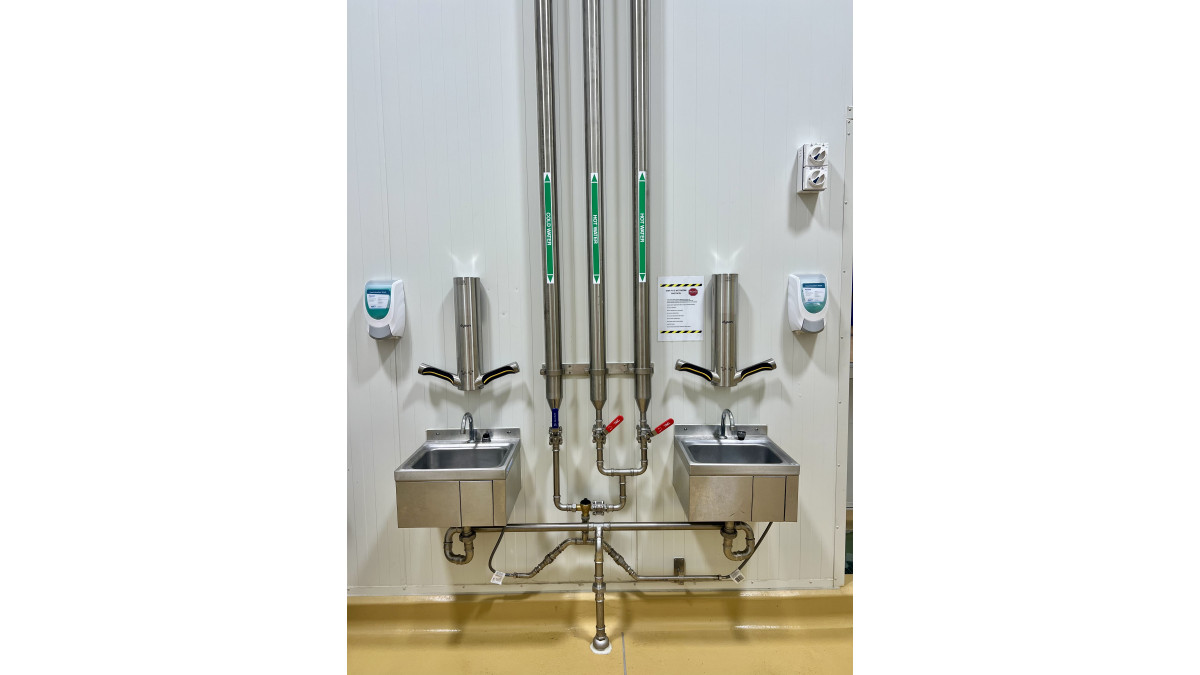
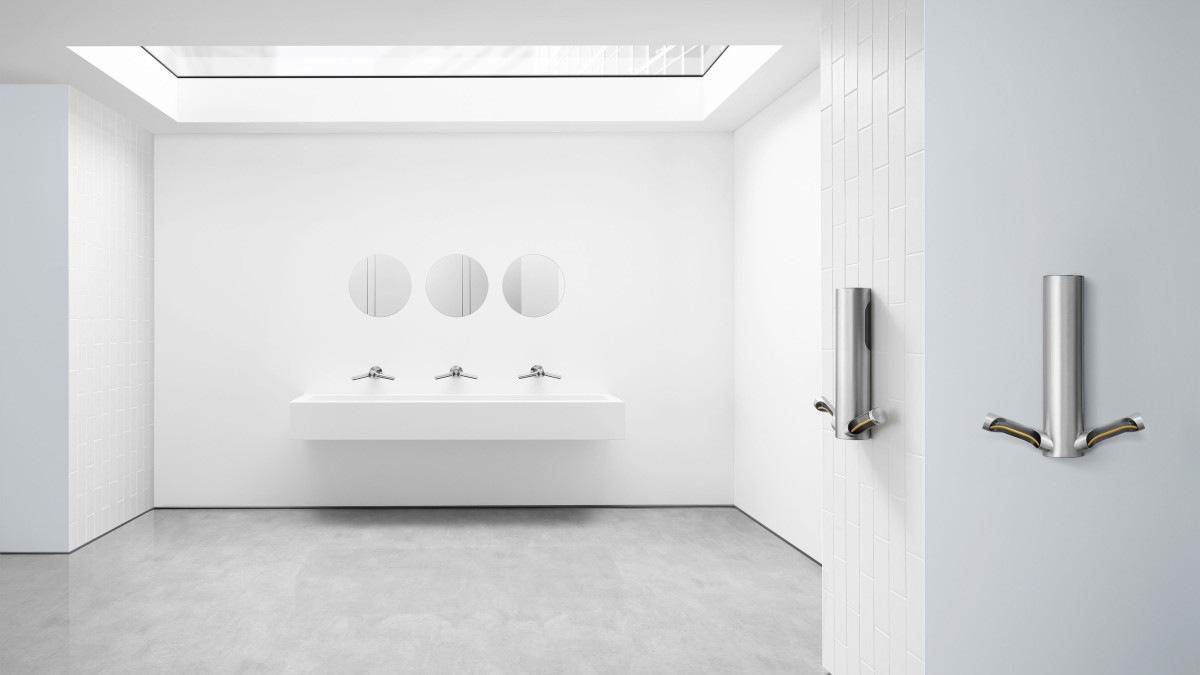


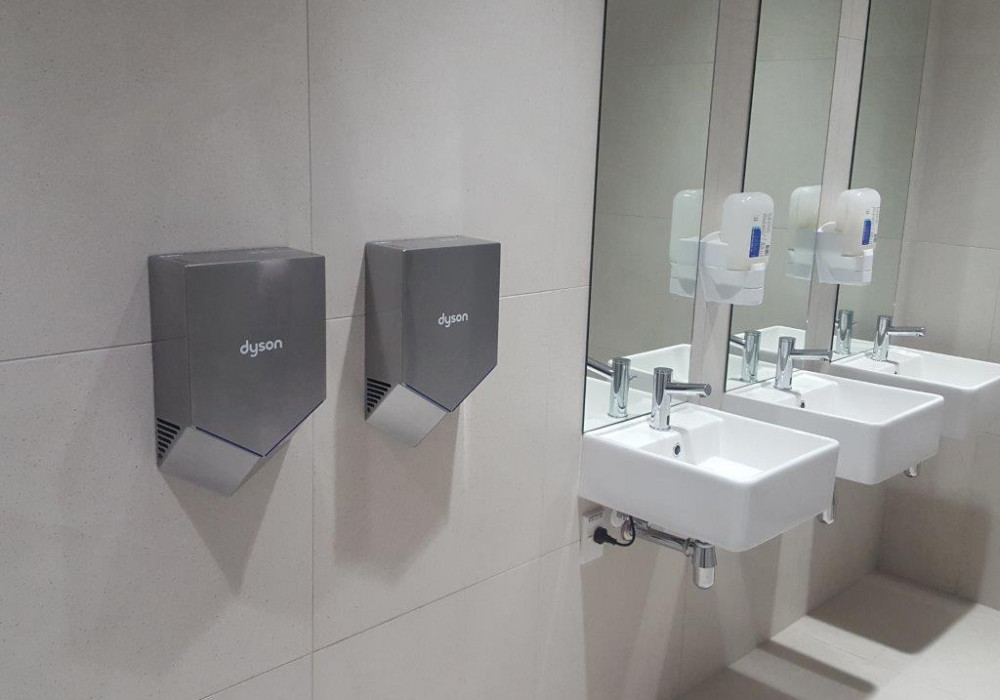
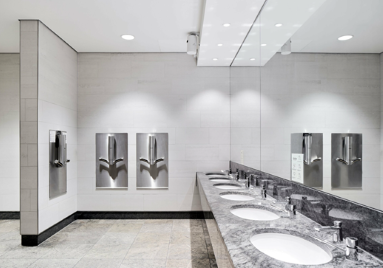

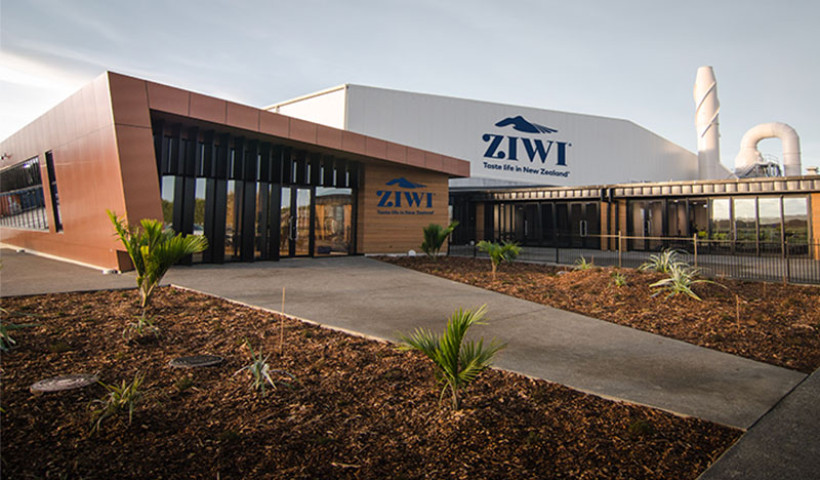
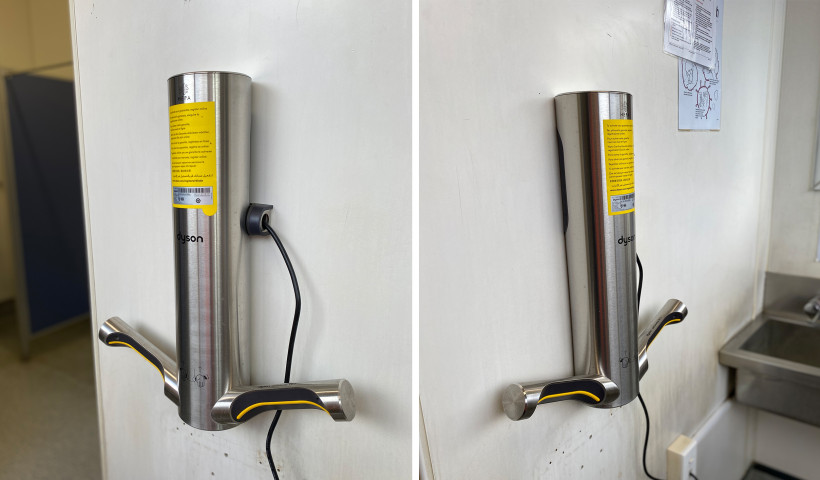
 Popular Products from Dyson
Popular Products from Dyson

 Most Popular
Most Popular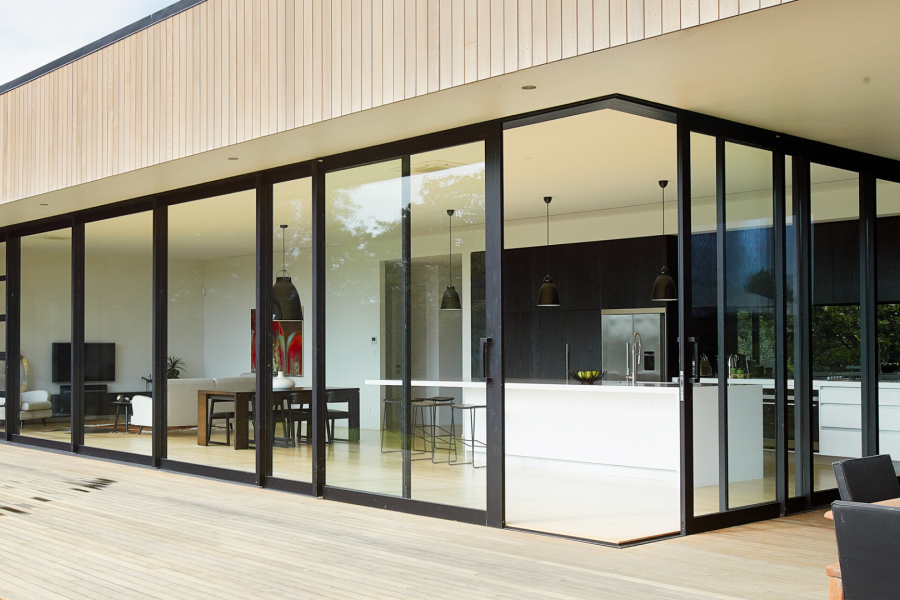
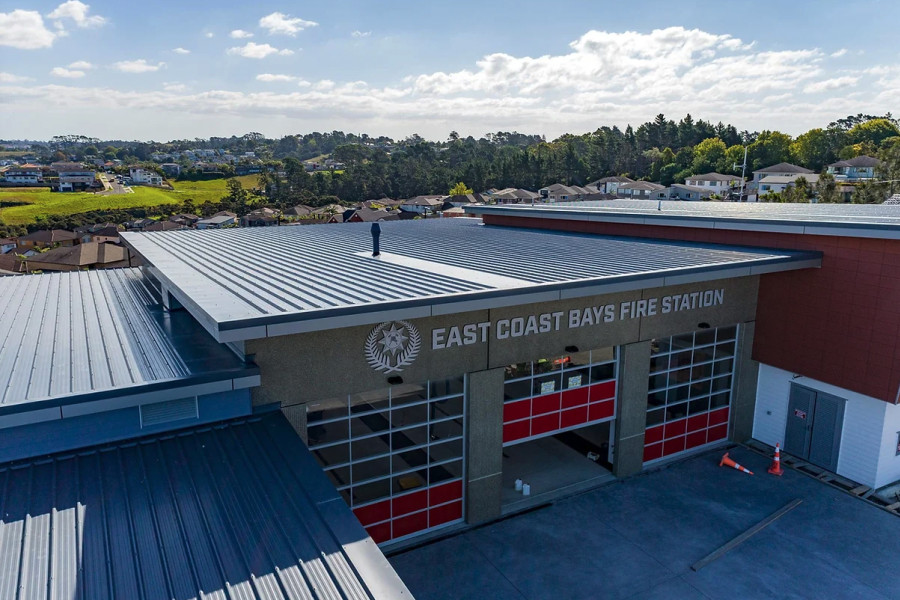
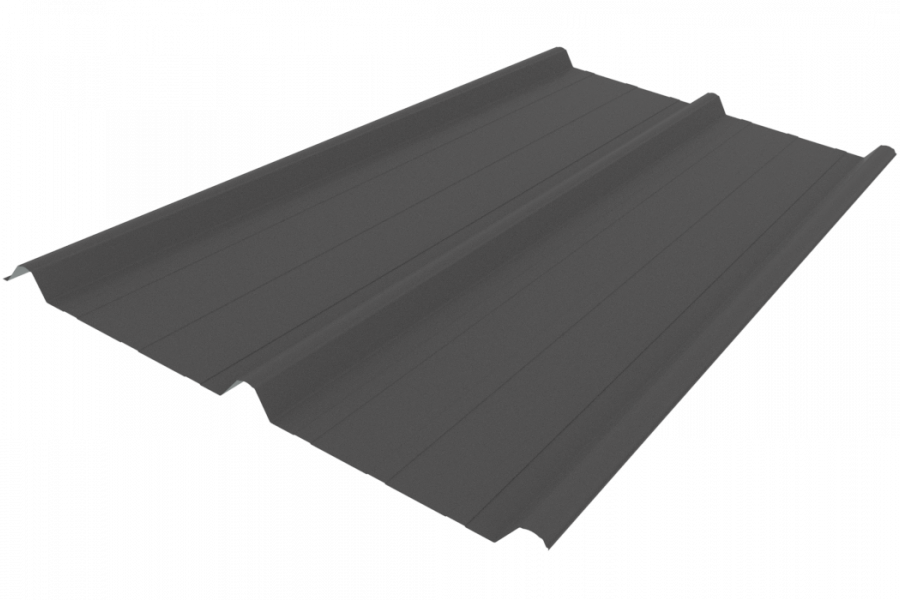
 Popular Blog Posts
Popular Blog Posts